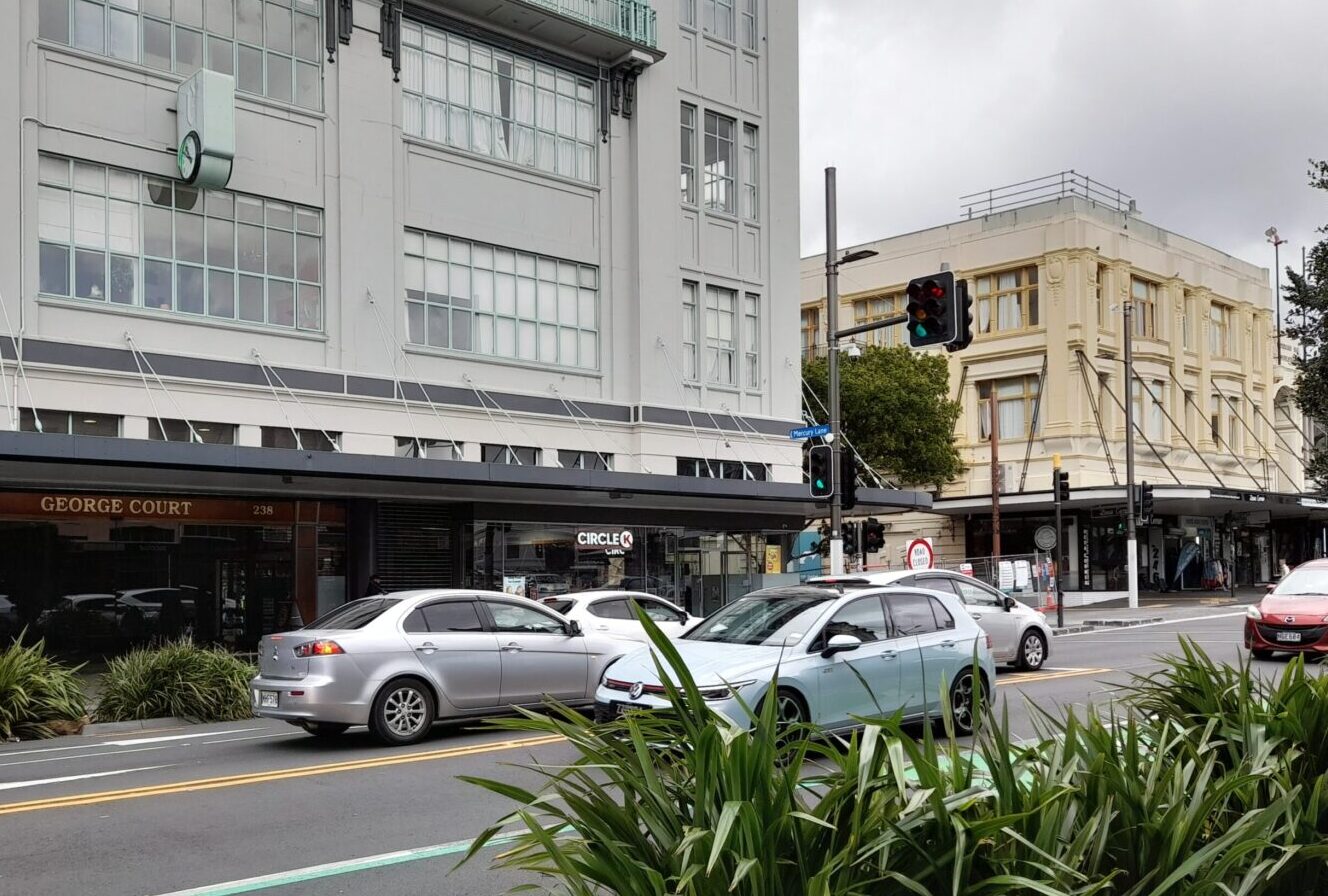By Times Team
Copyright times

Auckland will no longer be subject to earthquake-prone building rules, with the Government announcing a refocus of the system to target only areas with “genuine” seismic risk.
Building and Construction Minister Chris Penk says Auckland, Northland and the Chatham Islands would be removed from the earthquake-prone building system entirely because of their low earthquake risk.
“The current system places an overwhelming financial burden on building owners.
“For many, the price of strengthening runs from hundreds of thousands to several million dollars,” Penk says.
“As a result, buildings are left empty and derelict, making them even more dangerous in an earthquake.”
Under the revised framework, “only buildings that present a genuine risk to human life in medium and high seismic zones will be captured”, Penk says.
That includes concrete buildings three storeys or higher and those built with unreinforced masonry.
Smaller masonry buildings in rural towns will no longer need full remediation, although owners will be required to secure façades before they can be removed from the earthquake-prone register.
“The New Building Standard rating system has proven too broad and inconsistent,” Penk says.
“A building’s weakest part can determine its overall risk, meaning even a minor defect can see the whole structure classified as earthquake prone. That approach is neither fair nor practical.”
The Government will also remove the requirement for owners to upgrade fire safety and disability access alongside seismic strengthening, a rule Penk says had “added significantly to building costs and discouraged essential safety work”.
Local councils will be given the ability to grant extensions to remediation deadlines of up to 15 years.
Penk says the new approach strikes a better balance between cost and safety.
“Protecting human life must remain the top priority, but strengthening work has to be achievable.
“These changes will bring enormous relief to building owners, while keeping New Zealanders safe.”
The Ministry of Business, Innovation and Employment estimates the changes will save more than $8.2 billion in remediation and demolition costs nationwide.
A spokesperson for Penk says: “We intend on introducing legislation before the end of the year and want everything in place by about mid next year.”
Meanwhile, refocusing the earthquake-prone building rules is a welcome sign the Government is willing to tackle inconsistencies in the current system, says the New Zealand Institute of Building Surveyors (NZIBS).
However, saving money cannot come at the cost of public safety, it says.
“Safety has to remain the top priority,” says Darryl August, the NZIBS president.
“If reforms speed up work and cut costs without compromising people’s safety or creating unintended consequences, then that’s a win for everyone.
“But we need to be careful not to overlook other critical building code requirements, such as fire safety, disability access, and façade changes. The devil, as always, will be in the detail.”
August says that while removing the need to automatically upgrade certain systems may sound like a new measure, in practice, building professionals already take this approach using section 112 within the Building Act.
This allows the professional to access existing building code compliance as near as reasonably practicable when assessing remediation options.
“These pathways have always existed, it’s now about ensuring that they’re applied consistently and without unintended consequences,” August says.
“We cannot treat seismic safety in isolation from fire, access, external moisture and facades.”
August strongly supports the proposal to adopt a more regional approach to earthquake strengthening.
“This is a sensible change and will save money. But how it plays out in practice, again, remains to be seen,” he says.
“We back any system that delivers faster, more affordable strengthening, so long as people remain safe inside and outside those buildings. That’s the bottom line.”



